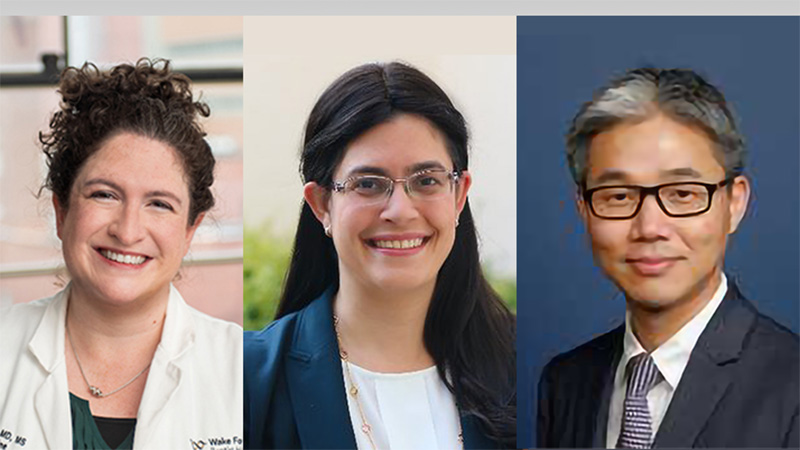

I’d like to draw GeriPal readers’ attention to a terrific article from the Journal of the American Geriatrics Society called, “When Doctors and Daughters Disagree: Twenty-two Days and Two Blinks of an Eye.” The paper is by Peter Abadir, Tom Finucane, and Matthew McNabney (Hopkins).
While I’m sure this paper is of great interest to ethicisits, clinicians, and researchers, my primary motivation for blogging about it is the potential for use as a teaching tool. The free availability of the videoof the daughters recounting their experiences, emotions, and thoughts is such a compelling portrayal of the emotional and ethical complexities of the case. And you won’t lose the forest for the trees. The primary teaching point – that family should be involved in advance care conversations – is made clearly by the daughter in the video.
The story is familiar. A patient is clearly DNR/DNI, and the surrogate decision makers decide otherwise. The ICU team is incensed that her “rights” have been violated. But it’s always so much more complex then that…
If I was to teach this case (and I will at the next opportunity), I would write the following story on the board:
- An 83 year old woman with complex medical conditions becomes septic and is seen in the emergency department.
- She has an advance directive that clearly states “Do Not Resuscitate, Do Not Intubate,” designating her oldest daughter as her surrogate decision maker. She talked with both daughters about her wishes.
- The doctors ask her daughters for permission to place her on a ventilator
- The patient, very ill and turning grey, says “no-no-no” and wags her finger
- The patient becomes unresponsive, and the daughters grant permission to intubate her and transfer her to the ICU
Then I’d show them the first 4 minutes of the videoof the daughter recalling this experience. The first daughter recalls being asked for permission, saying “I didn’t have time to think. I thought if they put her on tonight, maybe she’ll come off tomorrow.” The second daughter says, “I’m glad my sister made the decision to put her on, because my family got a chance, everybody got a chance to see her alive.”
At this point, it would be a good idea to get the learners involved. Perhaps by dividing them up into two small groups, and asking one group to defend the emergency medicine physician’s decision to intubate, and the other to criticize it. Or having a closed eye vote of how they would have proceeded, where everyone must vote. This strategy usually leads to great discussion because people are forced to put their nickle down.
Then I’d show the videoup until the 6:30 minute mark, describing the ICU admission. The second daughter recalls how physicians who had never met her mother tried repeatedly to convince her that they knew what was best for her. All the while, the patient remained intubated on life support.
At this point, I might stop it and talk about how things might have been approached differently up to this point, particularly from the perspective of the ICU team.
Finally, I’d run the videothrough to the conclusion (only 11 minutes!). The daughter statement that she wishes she had been included in the advance care planning discussions with clinicians is the primary take home message. The appeal for inclusion by the daughter in the context of this familiar and gut-wrenching scenario brings the message home.
I’d want to be sure that the trainees discussed the following issues:
- What are the ideal elements of an advance care planning conversation? Who should be involved?
- Leeway, or the amount of flexibility a patient grants to decision makers to make decisions counter to expressed preferences. How can we ask about leeway? Document it? Would it have helped in this case?What are the competing ethical concerns (patient autonomy, best interests of patient, best interests of family members).
- Are the “rights’ of the mother an over-riding ethical concern? How should the family member’s interests in wanting to “say goodbye” taken into consideration?
- If you could do it again, how would you discuss this issue with the daughters in the emergency department, in the crunch of the moment? What words would you use? How about in the ICU?
by: Alex Smith



